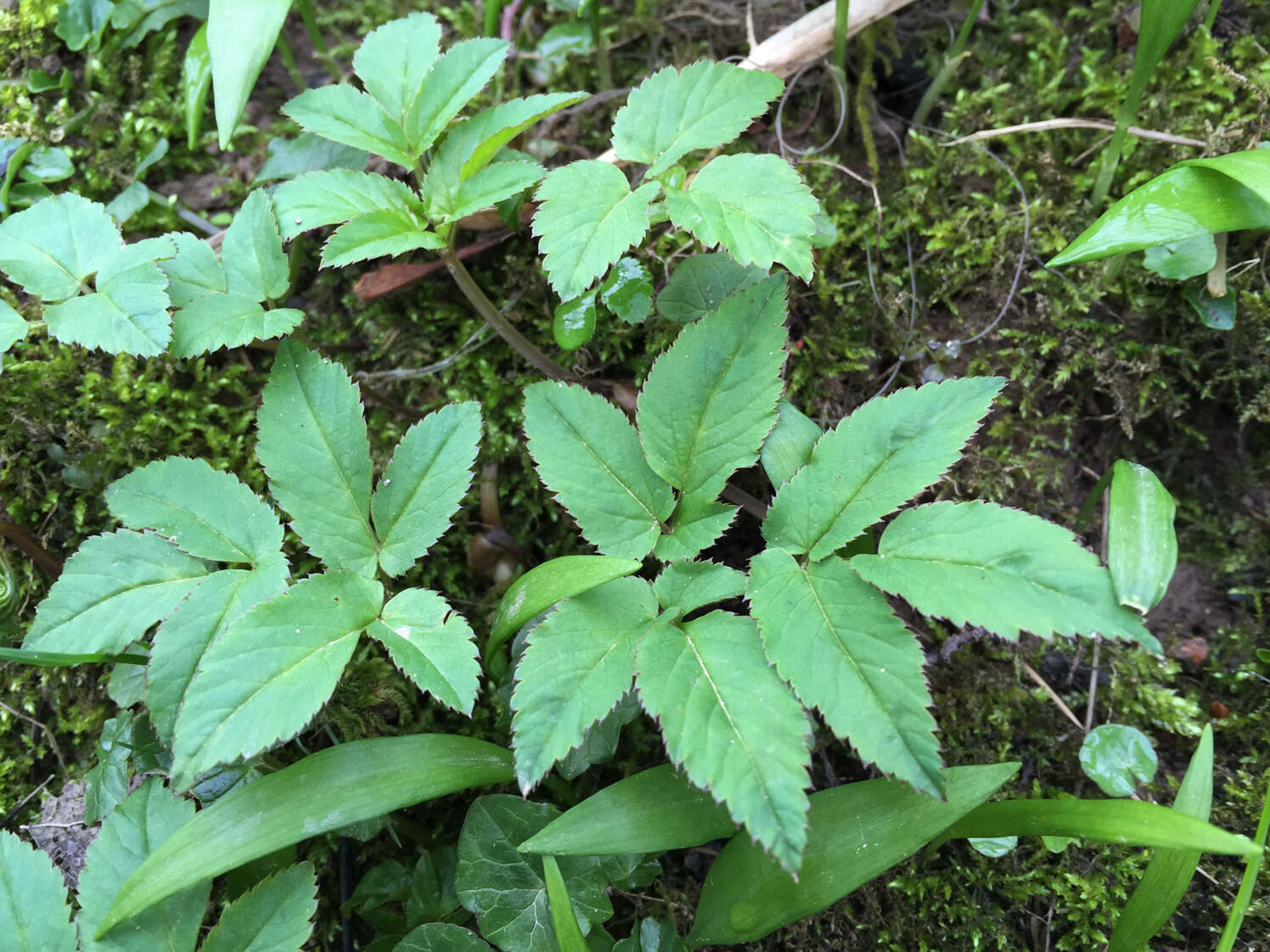
Ground elder, also known as Aegopodium podagraria, is a plant that often stirs mixed feelings among gardeners. Some see it as a persistent weed, while others appreciate its historical uses and medicinal properties. Did you know that this plant was once cultivated as a vegetable and used to treat gout? Ground elder spreads quickly through its underground rhizomes, making it a tough adversary in gardens. However, its young leaves are edible and can be used in salads or cooked like spinach. Curious about more intriguing facts? Here are 26 fascinating tidbits about ground elder that might change how you view this resilient plant.
What is Ground Elder?
Ground elder, also known as Aegopodium podagraria, is a perennial plant that often invades gardens and lawns. Despite its reputation as a pesky weed, it has a fascinating history and some surprising uses.
-
Ground elder is native to Europe and Asia. It has spread to many parts of the world, including North America, where it is considered invasive.
-
The plant belongs to the carrot family, Apiaceae. This family includes other well-known plants like parsley, celery, and fennel.
-
Ground elder was used as a medicinal herb in ancient times. Romans and medieval monks used it to treat gout, which is why it's sometimes called goutweed.
-
It can grow up to 100 cm tall. The plant has a creeping root system that makes it difficult to eradicate once established.
Appearance and Identification
Recognizing ground elder is crucial for gardeners who want to manage its spread. Here are some key features to help identify it.
-
Ground elder has triangular, serrated leaves. The leaves are bright green and grow in groups of three.
-
It produces small, white flowers. These flowers appear in umbrella-shaped clusters, typically blooming from May to July.
-
The stems are hollow and grooved. This characteristic can help differentiate it from other similar-looking plants.
-
Its roots are white and rhizomatous. These roots spread horizontally, making the plant difficult to remove completely.
Uses and Benefits
Despite its reputation as a weed, ground elder has some surprising uses and benefits.
-
Young leaves are edible. They can be used in salads, soups, and stews, offering a flavor similar to parsley.
-
Ground elder is rich in vitamins and minerals. It contains vitamins A and C, as well as iron and potassium.
-
It has anti-inflammatory properties. Historically, it was used to treat arthritis and other inflammatory conditions.
-
The plant can be used as a ground cover. Its dense growth can help suppress other weeds.
Challenges and Control
Managing ground elder can be a challenge for gardeners. Here are some facts about its persistence and control methods.
-
Ground elder spreads rapidly. Its rhizomes can extend several feet from the parent plant, creating new shoots.
-
It can regenerate from small root fragments. Even a tiny piece of root left in the soil can grow into a new plant.
-
Mulching can help control its spread. A thick layer of mulch can smother young shoots and prevent them from growing.
-
Regular mowing can weaken the plant. Cutting the plant back repeatedly can deplete its energy reserves.
Interesting Historical Facts
Ground elder has a rich history that goes beyond its use as a medicinal herb.
-
Medieval monks cultivated ground elder. They grew it in monastery gardens for its medicinal properties.
-
It was introduced to North America by European settlers. They brought it for its medicinal and culinary uses.
-
Ground elder was used as a food source during times of famine. Its ability to grow quickly made it a reliable food source.
-
The plant's name comes from the Greek words for "goat" and "foot." This refers to the shape of its leaves, which resemble a goat's foot.
Ecological Impact
Ground elder's invasive nature can have significant ecological impacts.
-
It can outcompete native plants. Its aggressive growth can crowd out other species, reducing biodiversity.
-
Ground elder can alter soil composition. Its dense root system can change the soil structure, affecting other plants' growth.
-
It provides habitat for certain insects. Some insects use ground elder as a food source or shelter.
-
The plant can affect local wildlife. By altering plant communities, it can impact the animals that depend on those plants.
Fun and Quirky Facts
Ground elder has some quirky and lesser-known facts that might surprise you.
-
It was once believed to ward off evil spirits. People planted it around their homes for protection.
-
Ground elder can be used to make a natural dye. The leaves produce a yellow-green color when boiled.
Ground Elder: A Final Look
Ground elder, often seen as a pesky weed, holds a surprising amount of historical significance and practical uses. From its medicinal properties to its role in culinary traditions, this plant is more than just a garden nuisance. It’s been used to treat gout, hence its nickname "goutweed," and has found its way into various recipes for its unique flavor.
Understanding ground elder can help gardeners manage it more effectively. While it spreads quickly, knowing its growth patterns and removal techniques can keep it in check. Plus, recognizing its benefits might make you see it in a new light.
So next time you spot ground elder in your garden, remember it’s not just a weed. It’s a plant with a rich history and multiple uses, deserving a bit more appreciation.
Was this page helpful?
Our commitment to delivering trustworthy and engaging content is at the heart of what we do. Each fact on our site is contributed by real users like you, bringing a wealth of diverse insights and information. To ensure the highest standards of accuracy and reliability, our dedicated editors meticulously review each submission. This process guarantees that the facts we share are not only fascinating but also credible. Trust in our commitment to quality and authenticity as you explore and learn with us.
